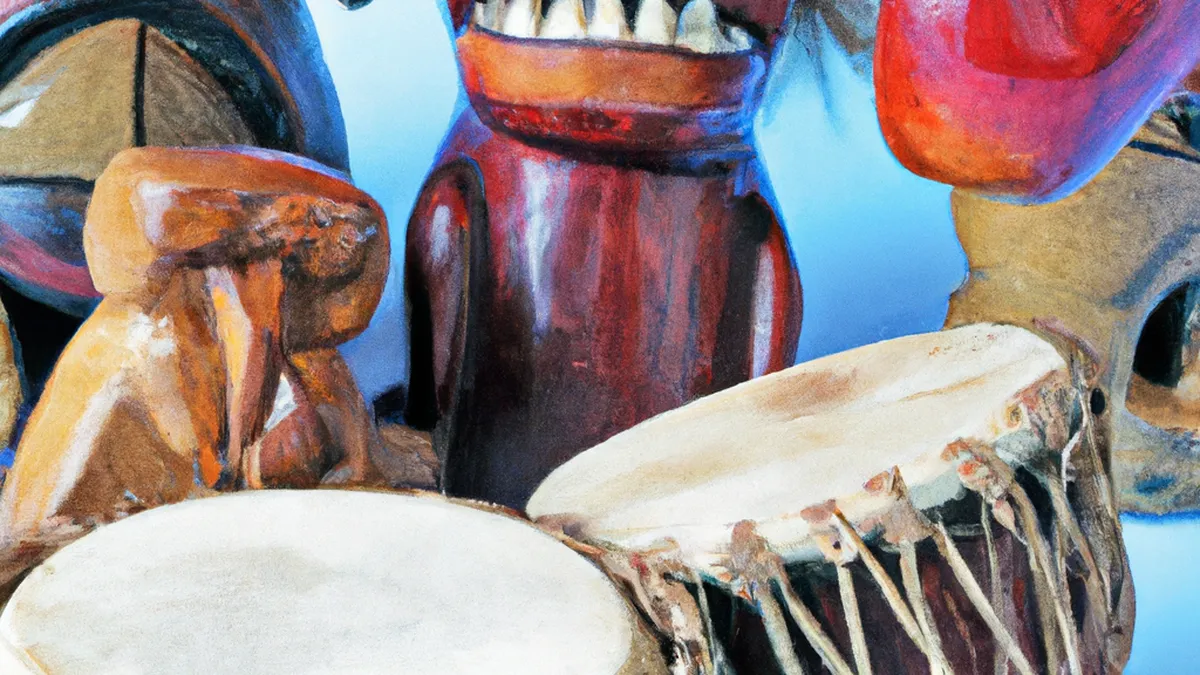Infusing Culture into Youth Development Initiatives
The Importance of Celebrating Cultural Heritage in Youth Balance Programs
Cultural heritage shapes our identities and connects us to our communities. Celebrating cultural heritage in youth balance programs fosters understanding, respect, and unity among diverse groups. This blog post explores the importance of incorporating cultural heritage into youth balance programs and offers practical tips.
Why Cultural Heritage Matters
Cultural heritage includes traditions, languages, customs, art forms, and histories passed down through generations. These elements form our identities. Youth programs that celebrate cultural heritage promote self-esteem and help young people appreciate their backgrounds. This appreciation aids their development and helps them understand who they are.
Cultural heritage also encourages inclusivity. Youth programs in diverse communities bring together young people from various backgrounds. Participants who share cultural stories learn valuable lessons about diversity and acceptance. This exchange fosters empathy and strengthens community bonds, uniting people in a divided world.
Tips for Incorporating Cultural Heritage
To celebrate cultural heritage effectively in youth balance programs, follow these actionable tips:
1. **Engage with the Community**
Partner with local cultural organizations, museums, and community centers. These partners provide resources, expertise, and guest speakers. Collaborating enriches your program and introduces participants to authentic cultural experiences.
2. **Host Cultural Workshops**
Organize workshops that focus on different cultures. Activities can include cooking classes, dance lessons, or language workshops. Hands-on experiences make learning fun, allowing participants to immerse themselves in the culture.
3. **Celebrate Cultural Events**
Mark significant cultural holidays and events throughout the year. Organize festivals or cultural fairs for participants to share their traditions. These celebrations create pride and community, inviting families to strengthen ties.
4. **Integrate Storytelling**
Encourage participants to share personal stories from their cultures. Include folktales, historical narratives, or anecdotes. This practice fosters deeper connections, enhances public speaking skills, and boosts confidence.
5. **Create a Cultural Heritage Library**
Establish a library of books, films, and resources that reflect various cultures. This library can become a space where participants explore cultural diversity.
Conclusion
Incorporating cultural heritage into youth balance programs enriches experiences and fosters unity. Embrace these practices to strengthen community ties and promote understanding.
Below are related products based on this post:
FAQ
Why is cultural heritage important in youth balance programs?
Cultural heritage is crucial in youth balance programs as it shapes identities and connects individuals to their communities. Celebrating cultural heritage promotes self-esteem, helps young people appreciate their backgrounds, and fosters inclusivity among diverse groups, enabling participants to learn valuable lessons about diversity and acceptance.
What are some effective ways to incorporate cultural heritage into youth programs?
Effective ways to incorporate cultural heritage include engaging with local community organizations, hosting cultural workshops, celebrating significant cultural events, integrating storytelling, and creating a cultural heritage library. These practices enrich the program and provide participants with authentic cultural experiences.
How can celebrating cultural heritage benefit young participants?
Celebrating cultural heritage benefits young participants by enhancing their self-esteem, fostering empathy, and strengthening community bonds. It allows them to connect with their roots, learn about diverse cultures, and develop a sense of pride in their identity while promoting understanding and respect among peers.















Post Comment